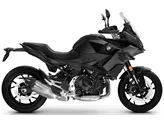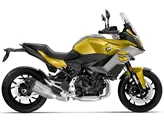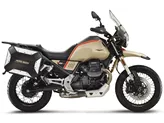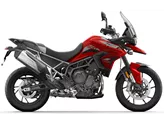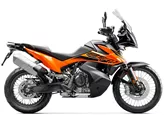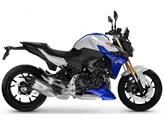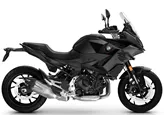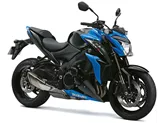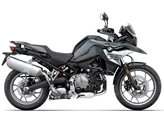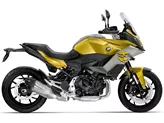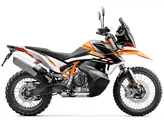BMW F 900 XR 2020 vs. Kawasaki Z1000SX 2017

BMW F 900 XR 2020

Kawasaki Z1000SX 2017
Vue d’ensemble - BMW F 900 XR 2020 vs Kawasaki Z1000SX 2017
The BMW F 900 XR 2020 and the Kawasaki Z1000SX 2017 are both sport touring motorcycles that offer a combination of performance and comfort for long rides.
In terms of engine power, the Kawasaki Z1000SX takes the lead with 142 HP compared to the BMW F 900 XR's 105 HP. The Kawasaki also has a higher torque of 111 Nm compared to the BMW's 92 Nm. This means that the Kawasaki will provide a more exhilarating and powerful ride, especially for those who enjoy high-performance motorcycles.
Both motorcycles have a chain transmission system, which is known for its efficiency and durability. The BMW F 900 XR has a 2-cylinder engine, while the Kawasaki Z1000SX has a 4-cylinder engine. The BMW has a smaller displacement of 895 ccm compared to the Kawasaki's 1043 ccm. This means that the Kawasaki will have a higher top speed and better acceleration.
In terms of suspension, both motorcycles feature upside-down telescopic forks at the front and swing arm suspension at the rear. The BMW F 900 XR has a slightly longer travel distance for both the front and rear suspension, offering better comfort and stability on uneven roads. The Kawasaki Z1000SX, on the other hand, has adjustable compression, preload, and rebound settings for the rear suspension, allowing riders to fine-tune their riding experience.
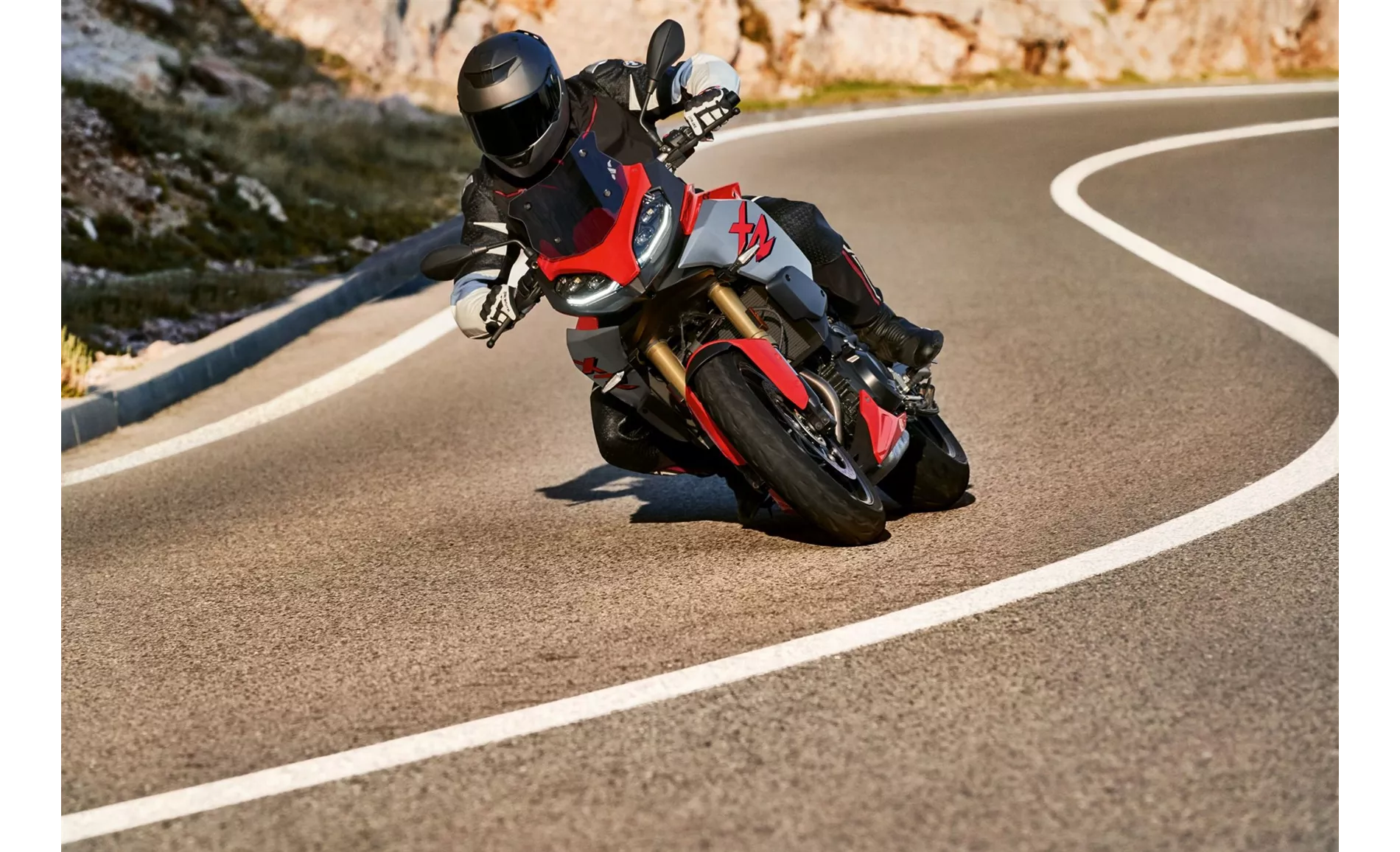
BMW F 900 XR 2020
The chassis of the BMW F 900 XR is made of steel, providing a sturdy and reliable structure. The Kawasaki Z1000SX, on the other hand, has an aluminum frame, which is known for its lightweight and agile handling.
Both motorcycles feature double disk brakes at the front, but the BMW F 900 XR has larger diameter disks of 320 mm compared to the Kawasaki's 300 mm. The BMW also has Brembo brakes, which are known for their exceptional stopping power and reliability.
In terms of advanced rider assistance systems, both motorcycles feature ABS and traction control. The BMW F 900 XR also offers anti-slipping control and riding modes, providing additional safety and customization options.

Kawasaki Z1000SX 2017
In terms of dimensions and weights, the Kawasaki Z1000SX has a larger fuel tank capacity of 19 liters compared to the BMW F 900 XR's 15.5 liters. This means that the Kawasaki will have a longer range before needing to refuel. However, the BMW F 900 XR is lighter with a kerb weight of 211 kg compared to the Kawasaki's 235 kg.
In terms of strengths, the BMW F 900 XR has a resilient and powerful engine, variable ergonomics, sufficient wind protection, great Brembo brakes, stylish looks, and a wide range of accessories. The Kawasaki Z1000SX has a great tuned engine, strong brakes, and easy driveability combined with high performance.
However, the BMW F 900 XR has a weakness in terms of its behavioral sound, which may be a drawback for some riders. The Kawasaki Z1000SX is sensitive to tire choice, which means that riders need to carefully select the right tires for optimal performance.
In conclusion, both the BMW F 900 XR 2020 and the Kawasaki Z1000SX 2017 are excellent sport touring motorcycles with their own set of strengths and weaknesses. The choice between the two ultimately depends on the rider's preferences and priorities, whether it be power, comfort, or handling.
Caractéristiques techniques BMW F 900 XR 2020 par rapport à Kawasaki Z1000SX 2017
Avantages et inconvénients en comparaison
Avantages et inconvénients en comparaison
BMW F 900 XR 2020
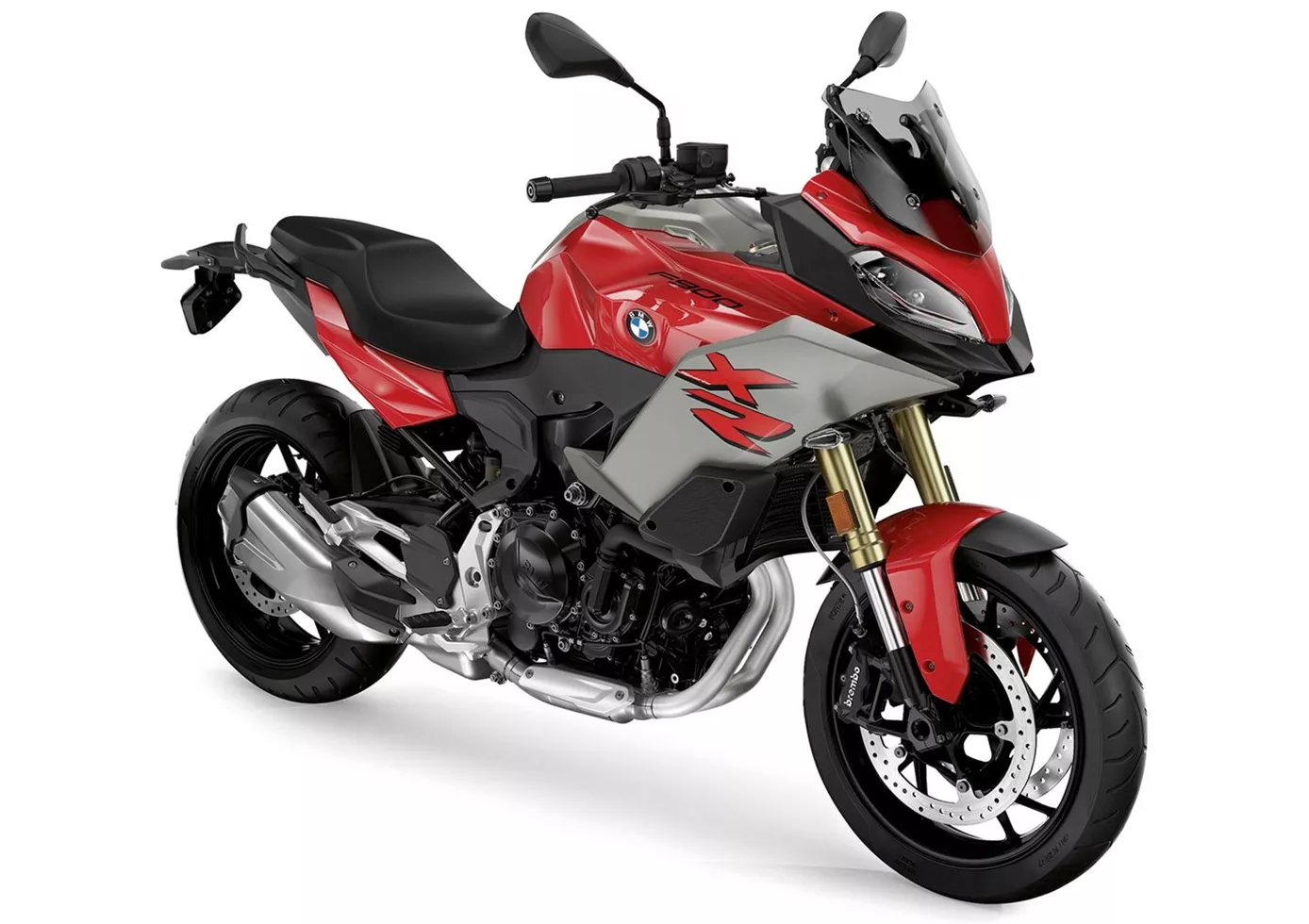
La nouvelle BMW F 900 XR prouve qu'il n'est désormais plus nécessaire d'aller au-delà de la classe moyenne. Avec 105 ch, on n'est jamais sous-motorisé et le bicylindre offre suffisamment d'élasticité pour être à la fois détendu et très sportif. Sa qualité solide et sa technique éprouvée de grande série de la série F 850 en font un compagnon parfait si l'on veut se déplacer sportivement sur la route avec un grand confort. L'équipement de base est suffisant, mais la gamme d'accessoires BMW offre suffisamment d'options pour composer la moto de ses rêves (recommandation : assistant de changement de vitesse Pro !).
Kawasaki Z1000SX 2017

Avec la Z1000SX, Kawasaki propose une moto harmonieuse. Les freins, le moteur et le châssis sont lourdement en ordre. Le look est un peu agressif, mais la moto est facile à conduire et transparente.
Comparaison des prix Prix moyen du marché BMW F 900 XR vs Kawasaki Z1000SX
There are a few key differences between a BMW F 900 XR 2020 and a Kawasaki Z1000SX 2017. There are the same number of bikes of both models available on the 1000PS.de marketplace, specifically 13. It takes less time to sell a BMW F 900 XR with 75 days compared to 103 days for a Kawasaki Z1000SX. Since model year 2020 1000PS.de editors have written 23 reviews for the BMW F 900 XR and 14 reviews for the Kawasaki Z1000SX since model year 2011. The first review for the BMW F 900 XR was published on 11/5/2019 and now has more than 136,400 views. This compares to more than 9,900 views for the first review on Kawasaki Z1000SX published on 10/5/2010.



